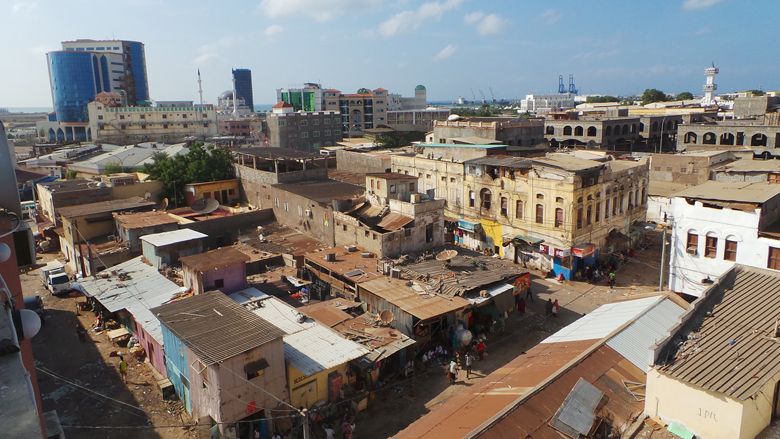Djibouti had its first confirmed case of COVID-19 on March 18, 2020. The government suspended all inbound and outbound international passenger flights the same day, closed schools and universities, and ordered a general lockdown, which started on March 27. It started to lift these restrictions incrementally on May 11.
As elsewhere in the world, these measures are likely to have affected household welfare through job loss, a decline in non-labor income, price shocks, the unavailability of basic items, and the disruption of services. Alleviating their impact is vital to preventing poverty from increasing; in 2017, about 2 in 10 Djiboutians lived below the extreme poverty line, and the COVID-19 pandemic is likely to make those classified as “vulnerable” even more susceptible to falling into—or back into—poverty.
To monitor the socio-economic impact of COVID-19 and the government’s containment measures, and to provide policymakers and the World Bank with up-to-date evidence of their effect, a new, high-frequency survey—the Djibouti COVID-19 National Panel Phone Survey 2020 (ECV 2020)— was initiated in Djibouti in July 2020 and is expected to cover 4 rounds until February 2021. The survey data is being collected by the National Institute of Statistics of Djibouti (INSD) with technical assistance from the World Bank.
Household COVID-19 monitoring survey
ECV 2020 is gathering information from households in urban areas only, as these represent about 85% of the country’s population. The first sample was drawn from a list of households whose telephone numbers were already recorded in the social registry. The social register compiled by the Ministry of Social Affairs and Solidarity over-represents the poor, with incomplete coverage of households at the upper end of income distribution.
To correct for this bias, we relied on post-calibration, using the household budget survey of 2017 (EDAM 2017) as the reference data source and adjusting the sampling weights for design and non-response to ensure the results were representative of the urban population (except for the richest top 20%).
The survey’s panel structure follows a sample of households to assess how key indicators underpinning policy response are changing over time. It covers important topics—including people’s knowledge and concerns about the pandemic, their access to food and other basic needs, access to education and healthcare, employment and income loss, and safety nets. Its design is flexible so that topics can be altered according to the needs, priorities, and insights generated by emerging data. The survey uses CsPro software for Computer Assisted Telephone Interviewing, which allows faster access to the data and to the dissemination of results.
- Monitoring the Socio-Economic Impacts of COVID-19 on Djiboutian Households : Results from First Round of Survey- September 2020 (in a PDF Format)
- Monitoring the Socio-Economic Impacts of COVID-19 on Djiboutian Households : Results from Second Round of Survey- December 2020 (in a PDF Format)
- Monitoring the socio-economic impacts of COVID-19 on Djiboutian and refugee households in Djibouti: Results from third wave of survey- May 2021 (in a PDF format)

